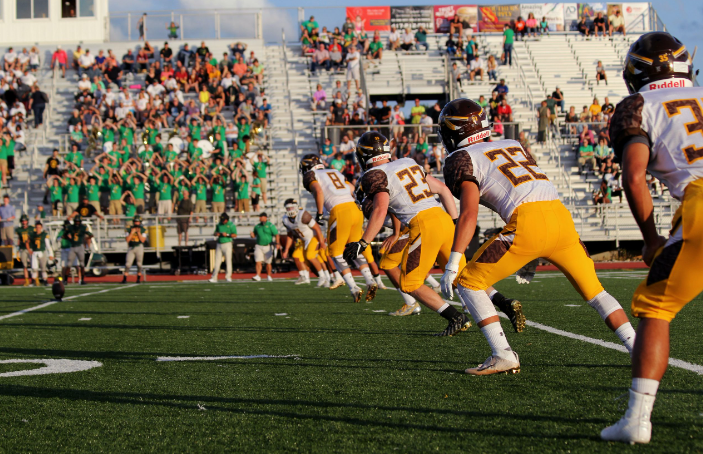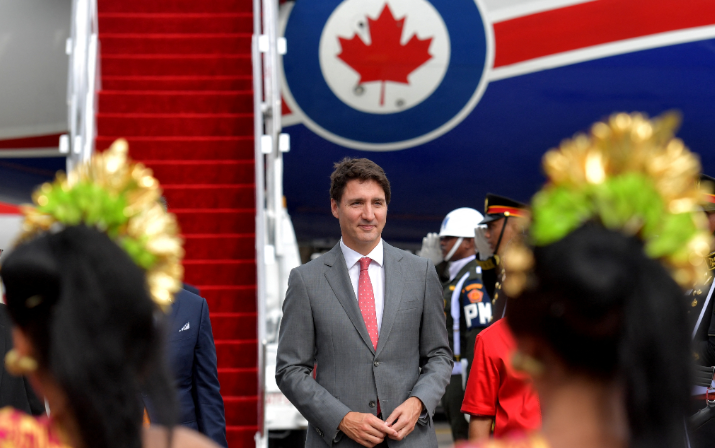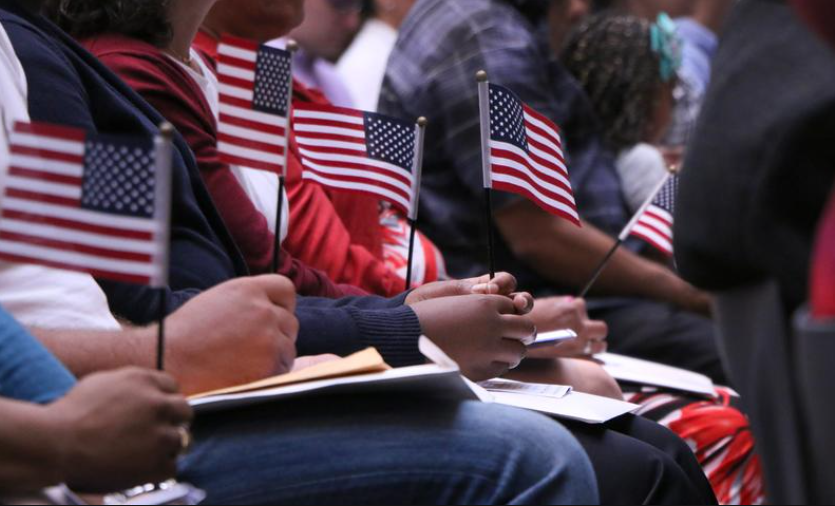10 Work and Study Jobs for International Students that are Easy to Get
Being an international student is an exciting adventure, but let’s be honest, it can also be expensive. Earning some income while you conquer your studies can be a game-changer. But where do you even begin the search for a job that fits your busy schedule and student visa restrictions? Fear not! In this guide, we … Read more









